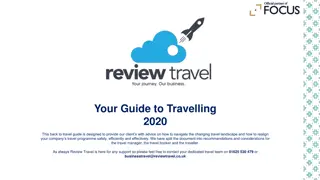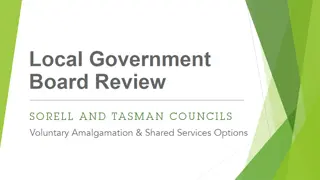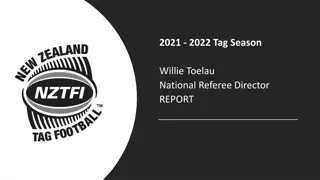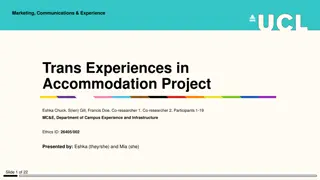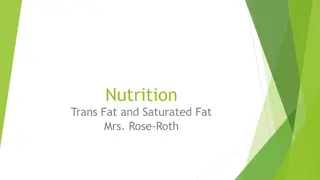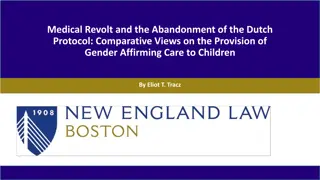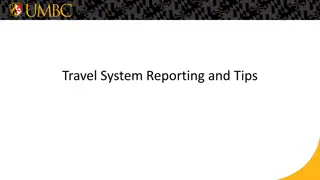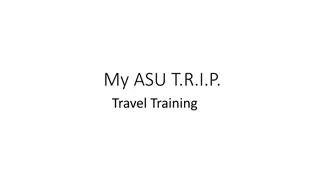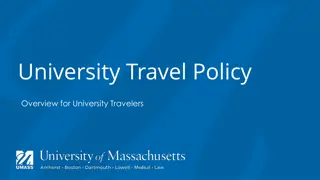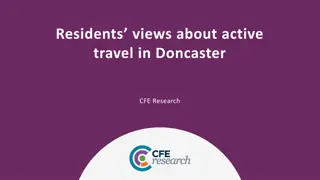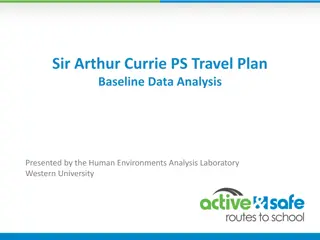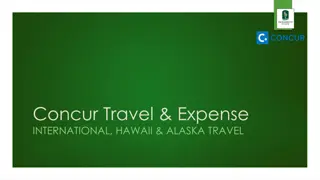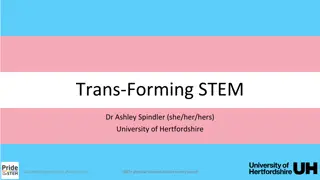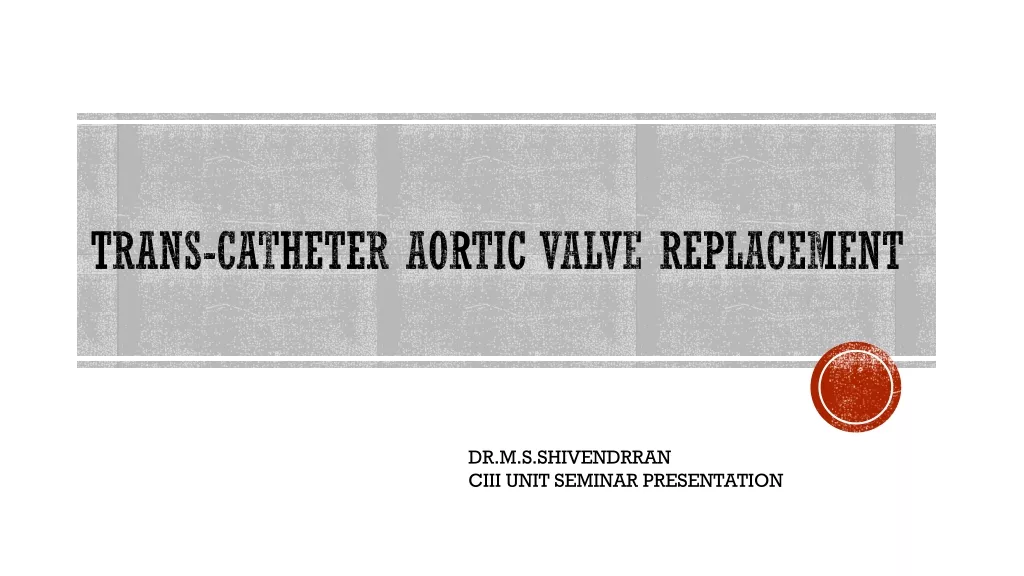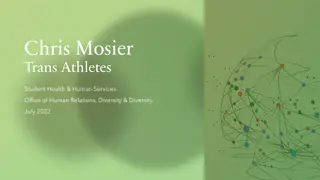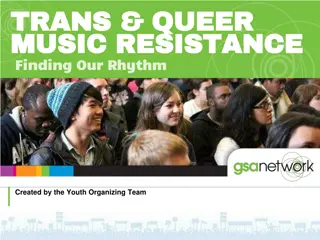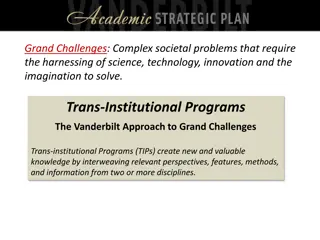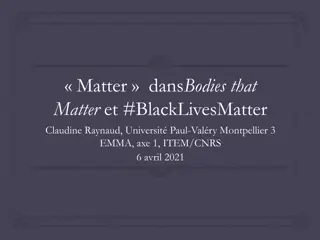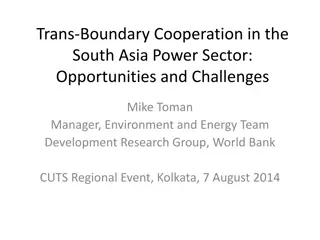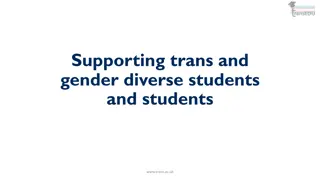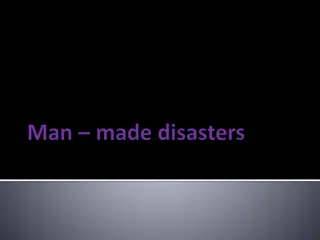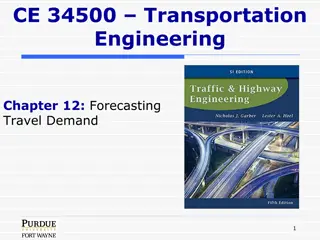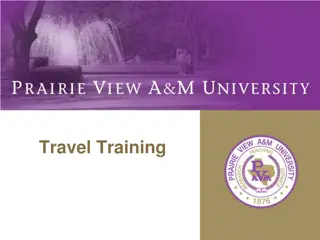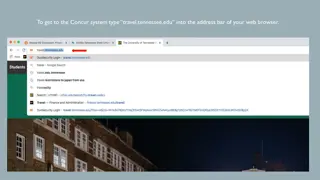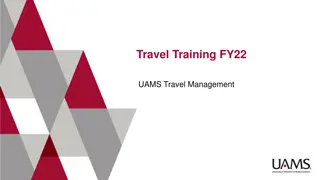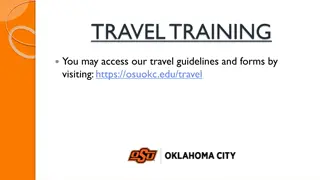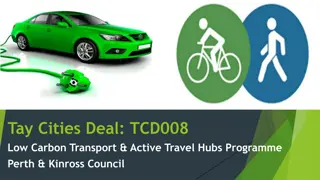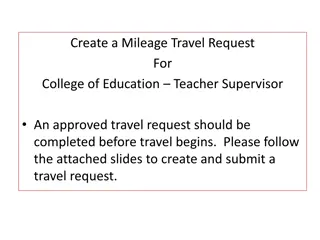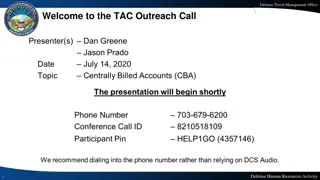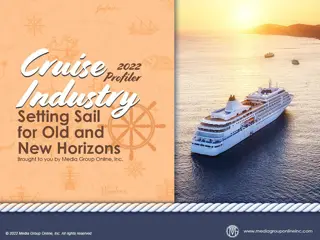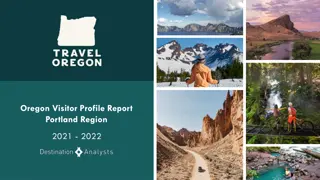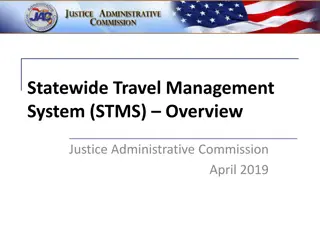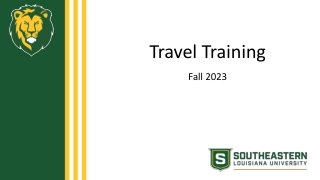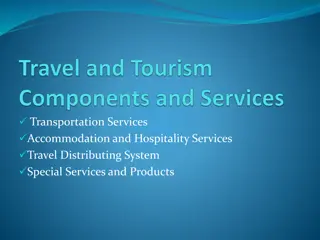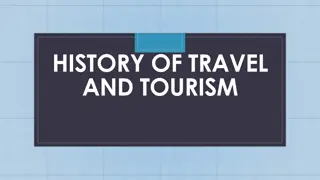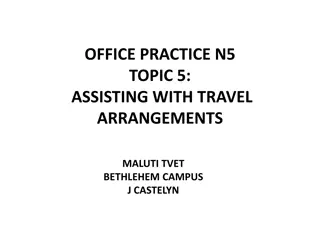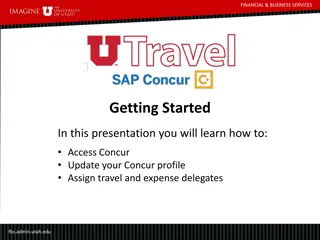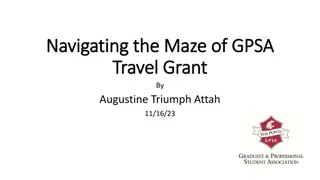Trans-Tasman Travel Data Insights - June 2021
Australian spending trends post Trans-Tasman Quarantine-Free Travel reveal recovery disparities across different regions and industries. Larger cities see better recovery in card spending compared to tourism hotspots. Tourism-related sectors still struggling while arrivals/departures remain below 2019 levels. Cook Islands travel continues to be significantly impacted post-pandemic. Data sources provided for detailed analysis.
Download Presentation

Please find below an Image/Link to download the presentation.
The content on the website is provided AS IS for your information and personal use only. It may not be sold, licensed, or shared on other websites without obtaining consent from the author. Download presentation by click this link. If you encounter any issues during the download, it is possible that the publisher has removed the file from their server.
E N D
Presentation Transcript
Trans-Tasman Quarantine Free Travel (QFT) datapack 2 June 2021
Data sources and contact information MBIE Consumer spend data (updated to 30 May 2021): https://mbienz.shinyapps.io/card_spend_covid19/ Stats NZ Daily border crossings (updated to 25 May 2021): https://www.stats.govt.nz/indicators/international-travel-provisional\ Weekly visitor arrivals (updated to 9 May 2021): https://www.stats.govt.nz/indicators/international-travel-provisional\
Australian spending is still below historical levels After the opening of Trans-Tasman Quarantine Free Travel, Australian card spending has steadily increased to 14% below 2019 levels in the week-ended 30 May.
Australian spend has recovered more in larger cities Australian spend in large cities has recovered the most towards 2019 levels. In the week-ended 30 May, Australian spend in Christchurch, Auckland Wellington was down 16%, 19% and 34% respectively. International tourism hotspots, such as Southland (down 47%), Kaik ura (down 41%), Westland (down 40%), and Mackenzie (down 36%) have recovered slower. Queenstown however is recovering better when compared to 2019, down 22%. These differences are likely due to new arrivals staying in the cities they arrived in and visiting friends and family, rather than performing traditional tourism activities in the regions.
Australians spend less in tourism-related industries Australian spend in industries such as footwear & department stores (up 23%), food and liquor (up 19%), and household and recreational goods (up 18%) is at levels above those in 2019, for the week- ended 30 May. Tourism-related industries such as transport and travel agencies (down 50%), arts and recreational services (down 36%), accommodation (down 34%) are not faring as well. This reflects our expectations that initial travellers from Australia are business travellers and people visiting friends and relatives, rather than holidaymakers.
Both total arrivals and departures from Australia are still down on 2019 levels In the week-ended 25 May, total arrivals and departures from Australia were both 63% down on 2019 levels
Departures to the Cook Islands still 76% down on 2019 In the week-ended 25 May, departures to the Cook Islands were 76% down on 2019 levels, and arrivals were down 90%.
Australian visitors to New Zealand recovered to 45% down on 2019 levels in the latest week In the week-ended 9 May, Australian visitor arrivals were down 45% on 2019 levels, and the number of visitors from all other countries were down 98%.
As expected, the majority of early Australian visitor arrivals after QFT started were visiting friends and relatives In the first 3 weeks of QFT with Australia, 74% of Australian arrivals and 38% of visitors from all other countries were visiting friends and relatives (VFR) in NZ. This is a lot higher than the same time in 2019, where VFR arrivals accounted for 35% of Australian visitors and 18% of all other visitors.
Contact us Ministry of Business, Innovation & Employment 15 Stout Street, PO Box 1473, Wellington 6140, New Zealand. Michael.Webster@mbie.govt.nz | +64 27 478 8325 www.mbie.govt.nz


